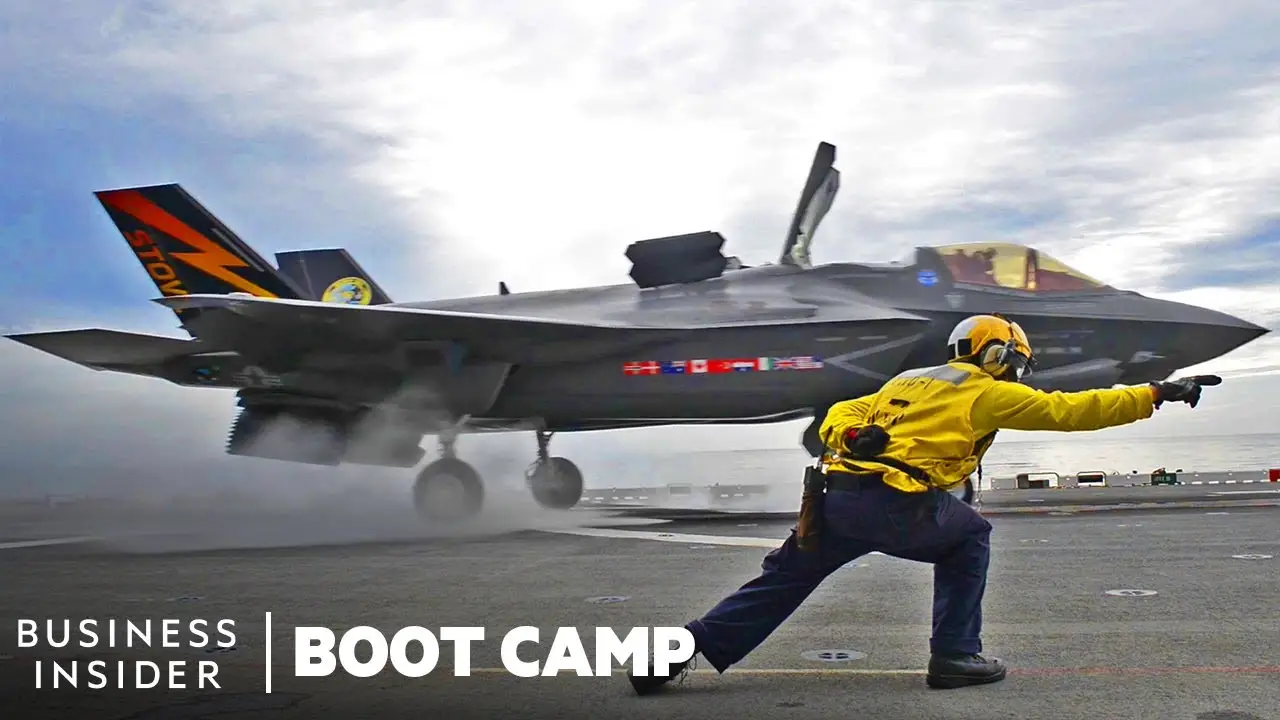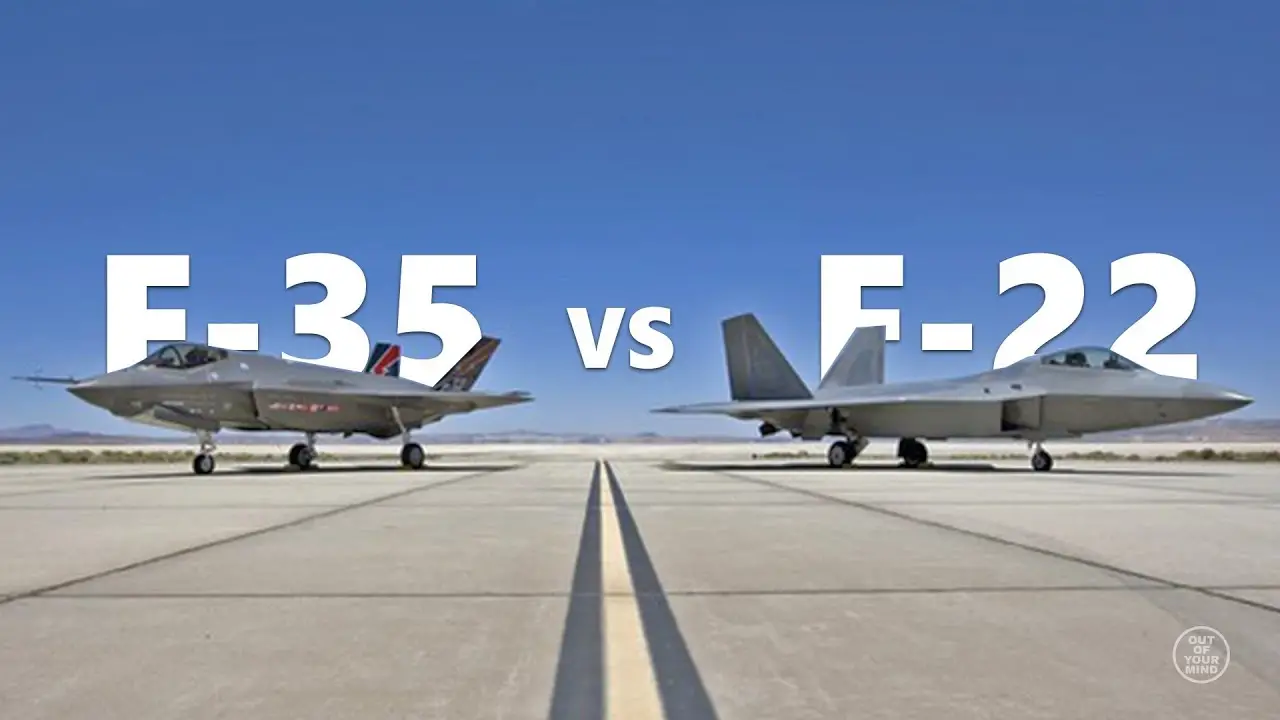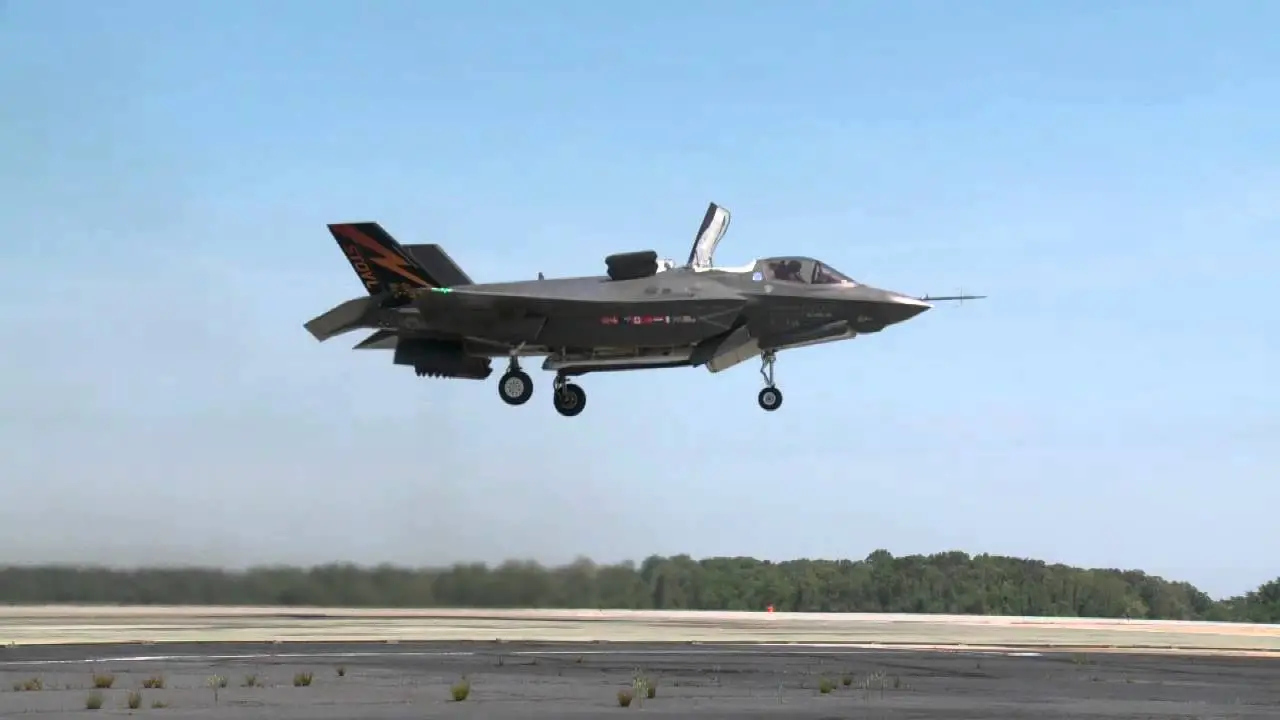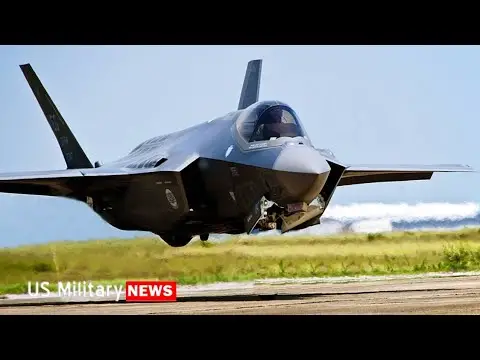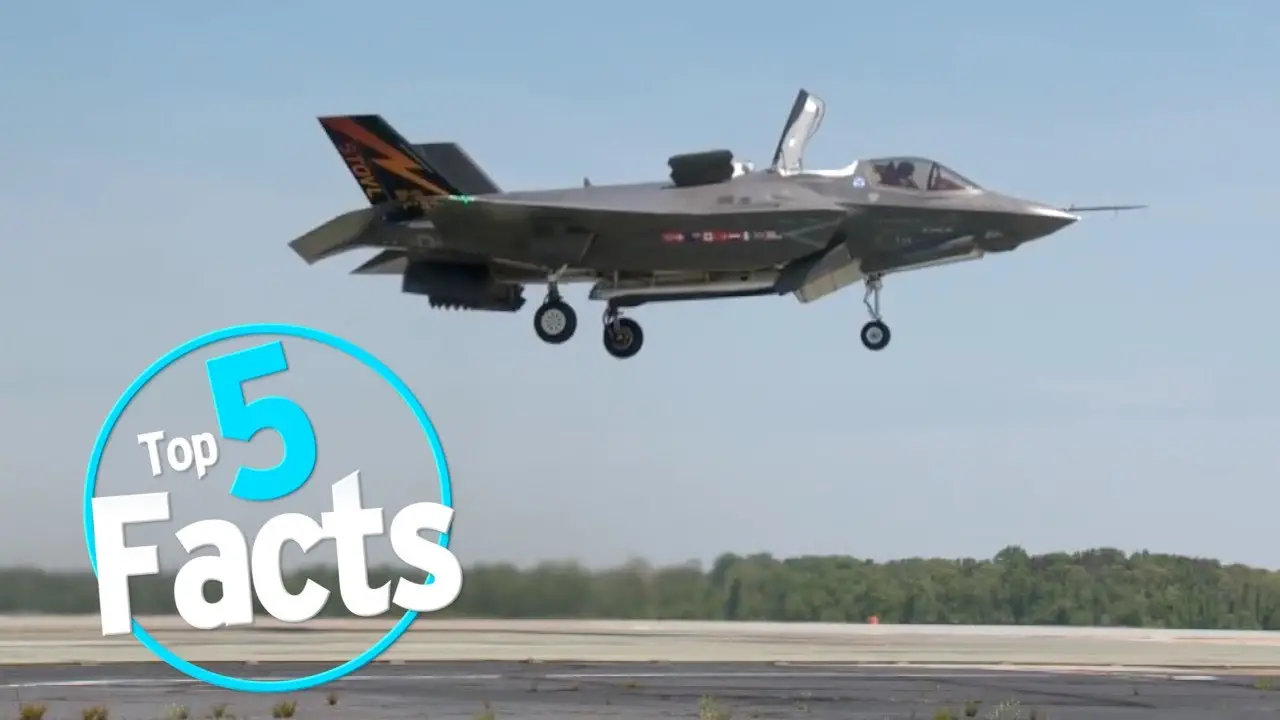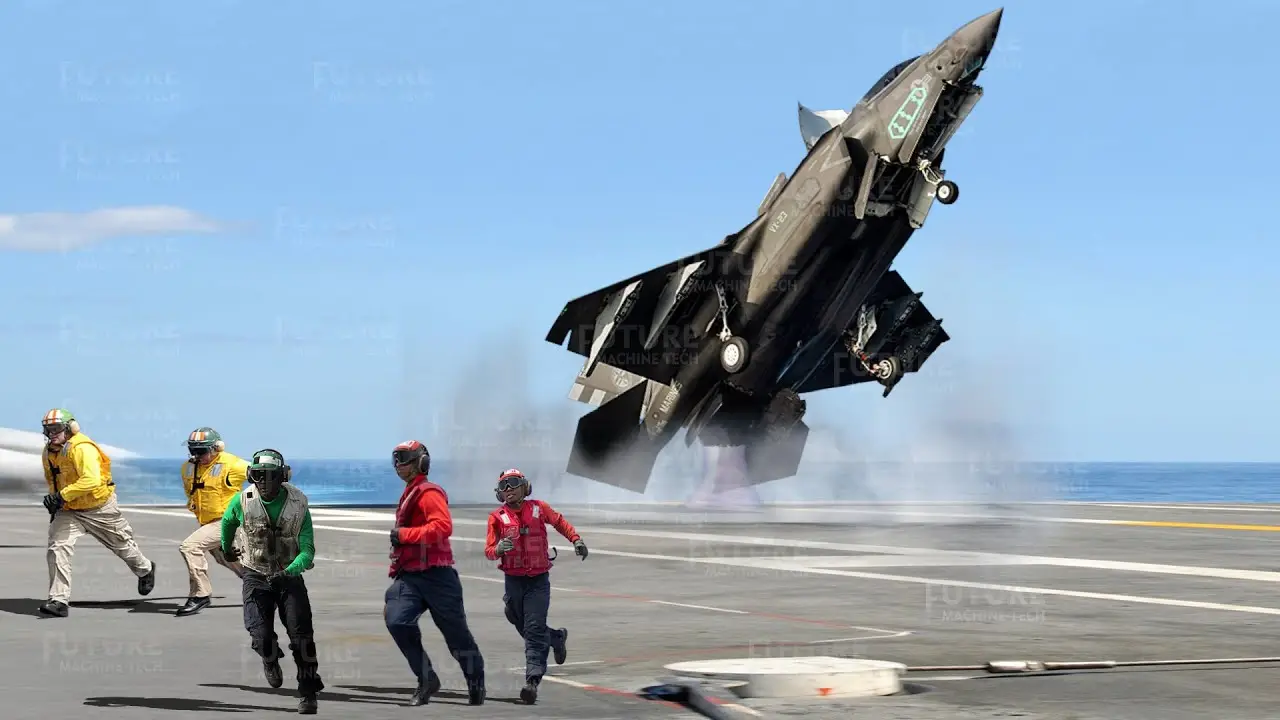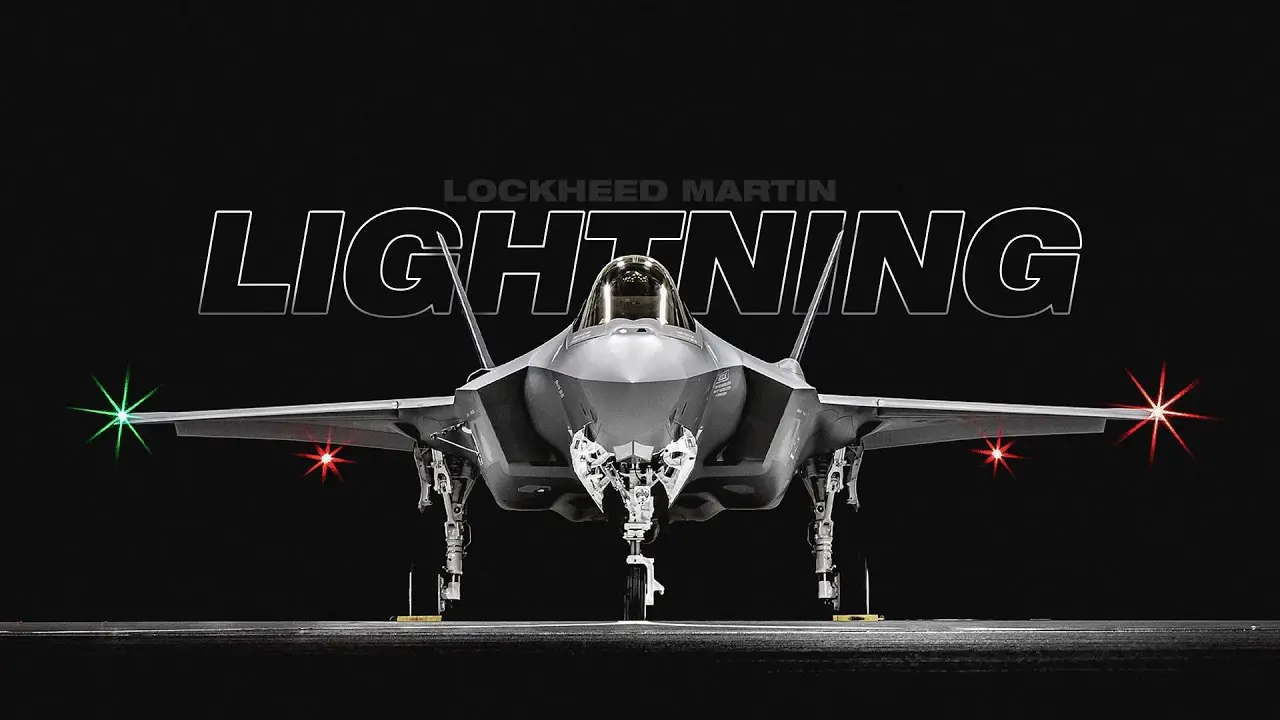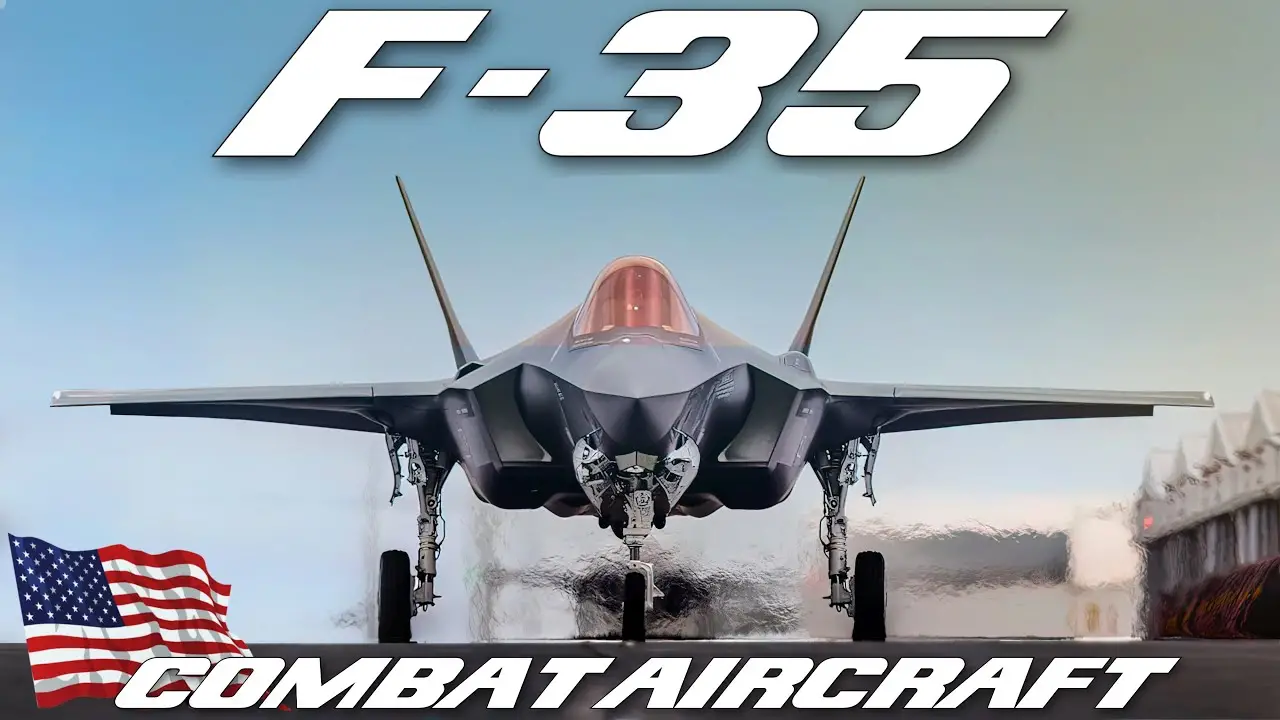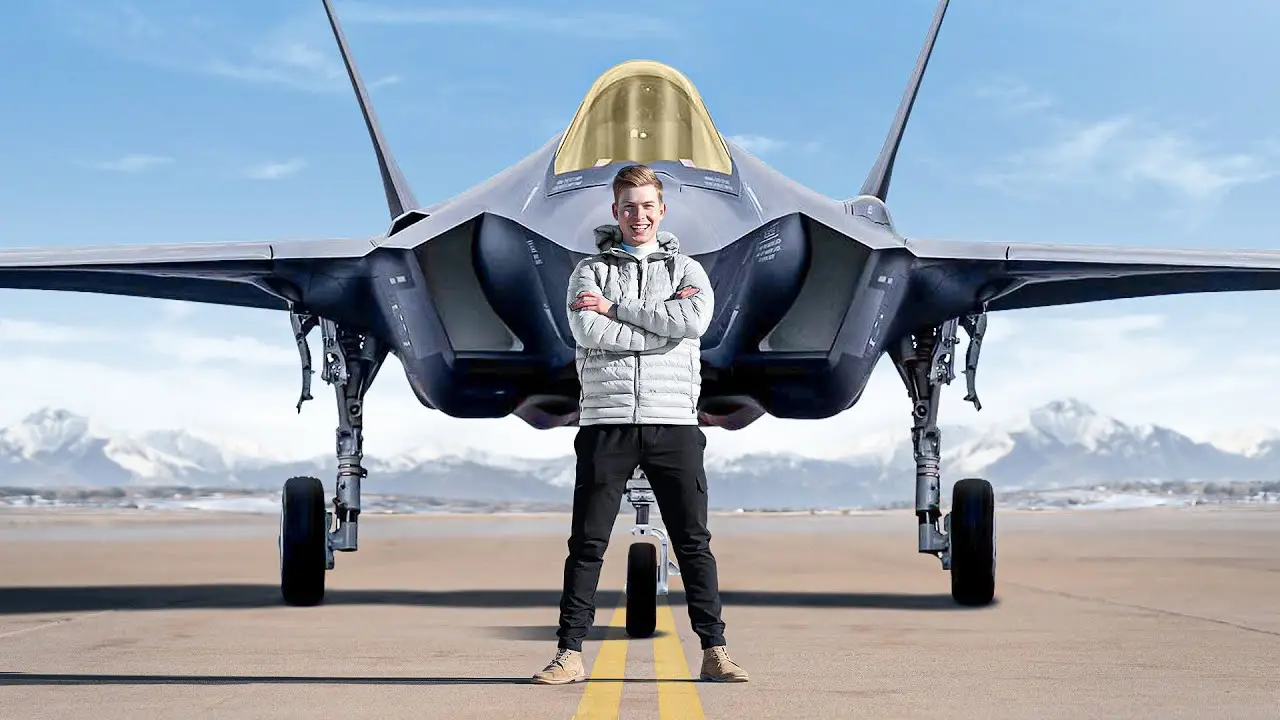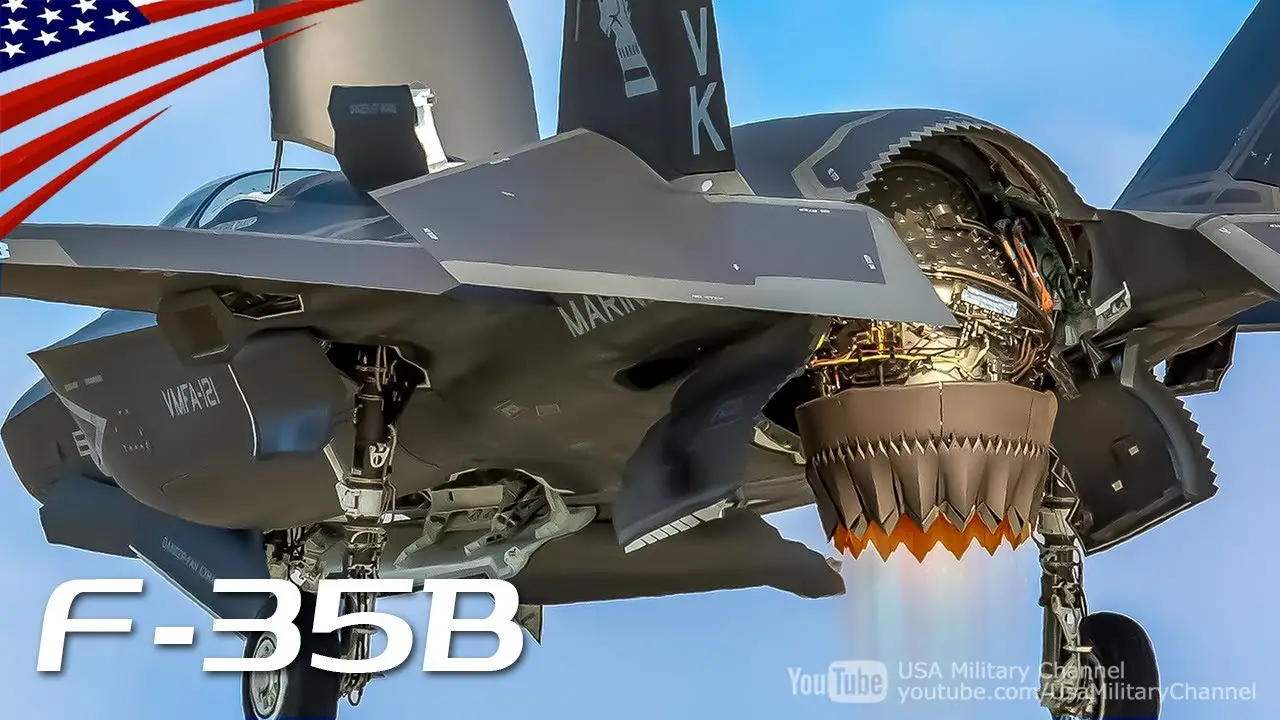Introduction to F35 Fighter Aircraft
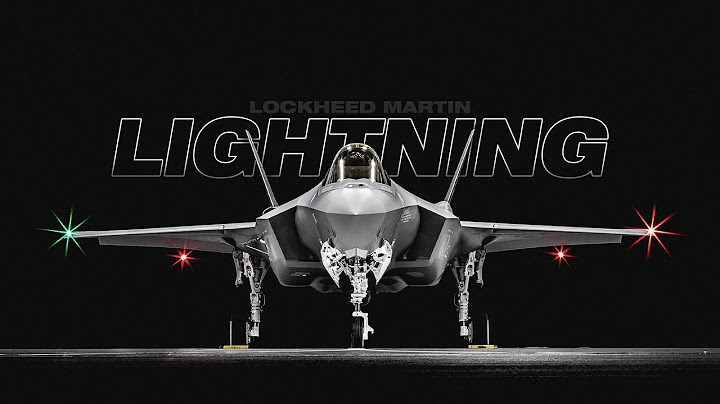
The F-35 Lightning II is a highly advanced fifth-generation fighter aircraft that has been in development for over two decades. It is designed to be a versatile and affordable replacement for a wide range of aging fighter and attack aircraft, and it is expected to play a crucial role in the defense strategies of the United States and its allied nations for many years to come. In this comprehensive overview, we will delve into the history, design, performance, production, and controversies surrounding the F-35 fighter aircraft.
History of F35 Fighter Aircraft
The development of the F-35 fighter aircraft began in the early 1990s when the US Department of Defense (DoD) launched the Joint Strike Fighter (JSF) program. The goal of the program was to develop a single aircraft that could perform multiple roles, including air-to-air combat, air-to-ground attack, and electronic warfare. The JSF program was divided into three separate competitions for the USAF, USN, and USMC. Lockheed Martin’s F-35 design, based on their successful F-22 Raptor fighter jet, won all three competitions.
However, the F-35 program has faced numerous challenges and setbacks throughout its development. Delays and cost overruns have plagued the project, leading to criticism from both government officials and the public. Despite these issues, the F-35 program has continued, and the first production F-35s were delivered to the USAF in 2015.
Design and Features of F35 Fighter Aircraft
The F-35 is a single-seat, single-engine multirole fighter jet with stealth capabilities. It features advanced avionics, sensors, and weapons systems, making it one of the most technologically advanced aircraft in the world. Its design allows for vertical takeoff and landing, as well as short takeoff and vertical landing (STOVL) capabilities, making it suitable for use on aircraft carriers and smaller airfields.
The F-35 also has a unique design feature called the Distributed Aperture System (DAS), which uses six infrared cameras mounted around the aircraft to provide pilots with a 360-degree view of their surroundings. This allows for improved situational awareness and enhances the aircraft’s stealth capabilities by reducing its radar cross-section.
Performance and Capabilities of F35 Fighter Aircraft
The F-35 is designed to be a highly versatile and capable aircraft, able to perform a wide range of missions in various environments. Its advanced sensors and avionics systems allow for enhanced situational awareness, while its stealth capabilities make it difficult to detect by enemy radar. The F-35 also has a high degree of maneuverability and can reach supersonic speeds.
One of the most significant advantages of the F-35 is its ability to share data and communicate with other aircraft and ground stations in real-time. This allows for improved coordination and cooperation between different units, making the F-35 an essential asset in joint operations.
Variants of F35 Fighter Aircraft
There are three main variants of the F-35 fighter aircraft: the F-35A, F-35B, and F-35C. Each variant is designed to meet the specific needs of the USAF, USMC, and USN, respectively.
The F-35A is the conventional takeoff and landing (CTOL) variant, designed for use by the USAF. It is the most common variant, with over 1,000 expected to be produced for the USAF alone. The F-35B is the STOVL variant, designed for the USMC and capable of operating from short runways and aircraft carriers. The F-35C is the carrier-based variant, designed for the USN and equipped with larger wings and reinforced landing gear for carrier operations.
Production and Cost of F35 Fighter Aircraft
The F-35 program has been one of the most expensive military projects in history, with an estimated cost of over $1 trillion. The high cost has been a significant source of controversy, with many critics questioning the value and necessity of such a costly project.
Despite the high price tag, the F-35 program has created thousands of jobs and contributed to the economies of the countries involved in its production. It has also led to advancements in technology and manufacturing processes that have benefited other industries.
Operational Use of F35 Fighter Aircraft
The F-35 is currently in service with several countries, including the United States, United Kingdom, Italy, Norway, Australia, and Japan. It has already seen action in combat zones, with the US deploying F-35s to the Middle East and Israel using them in airstrikes against targets in Syria.
The F-35’s advanced capabilities have proven to be valuable in real-world situations, and it is expected to play a crucial role in future conflicts. Its ability to perform multiple roles and communicate with other aircraft and ground units makes it a valuable asset for any military operation.
Controversies Surrounding F35 Fighter Aircraft
As mentioned earlier, the F-35 program has faced numerous controversies throughout its development. One of the main criticisms is the high cost of the project, which has led to budget cuts in other areas of the military. There have also been concerns about the aircraft’s performance and reliability, with some reports of technical issues and delays in testing.
Aircraft Carriers Floating Air Bases
Another controversial aspect of the F-35 program is the involvement of international partners and their contributions to the project. Some critics argue that the US is bearing the majority of the costs while other countries reap the benefits of the F-35’s advanced technology.
Future of F35 Fighter Aircraft
Despite the challenges and controversies surrounding the F-35 program, it is expected to continue to be a vital asset for the US and its allies in the future. The F-35 is continually being upgraded and improved, with plans for new variants and capabilities in the works.
The F-35 program has also led to advancements in technology that will benefit not only the military but also other industries. The development of the F-35 has pushed the boundaries of what is possible in terms of aircraft design and manufacturing, paving the way for future innovations.
Conclusion: The Impact of F35 Fighter Aircraft
In conclusion, the F-35 fighter aircraft is a highly advanced and versatile aircraft that has been in development for over two decades. Despite facing numerous challenges and controversies, it is now in service with several countries and has proven its worth in combat situations.
The F-35’s advanced capabilities, including stealth, situational awareness, and data sharing, make it a valuable asset for any military operation. Its production has also contributed to job creation and technological advancements, making it a significant contributor to the economies of the countries involved in its production.
While the F-35 program may have faced its fair share of criticism, there is no denying the impact it will have on the future of air combat. As technology continues to evolve, the F-35 will undoubtedly play a crucial role in shaping the defense strategies of nations around the world.
Aircraft Carriers Floating Air Bases

